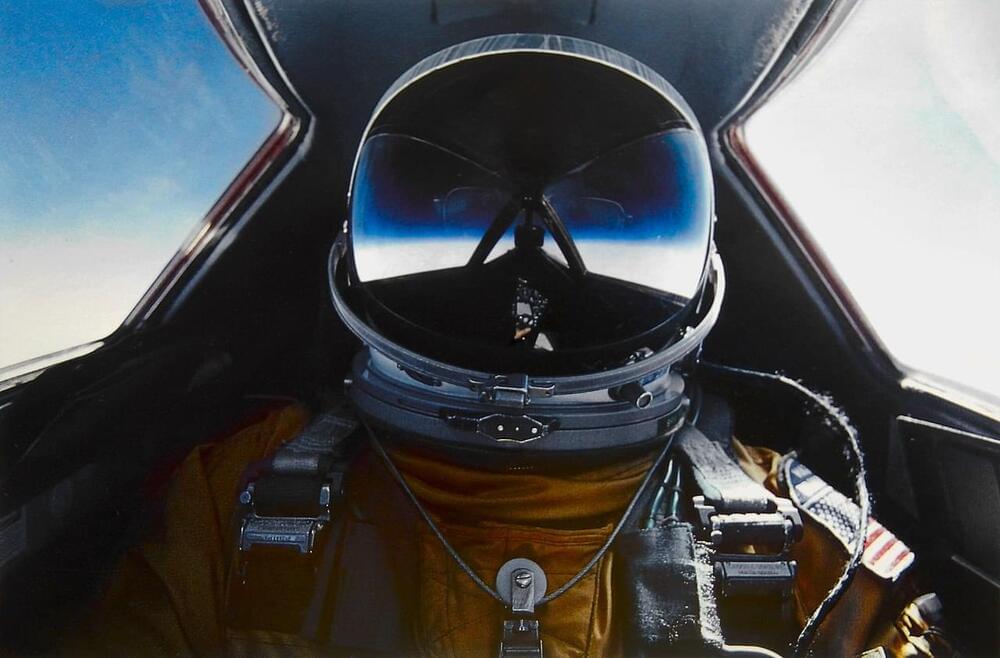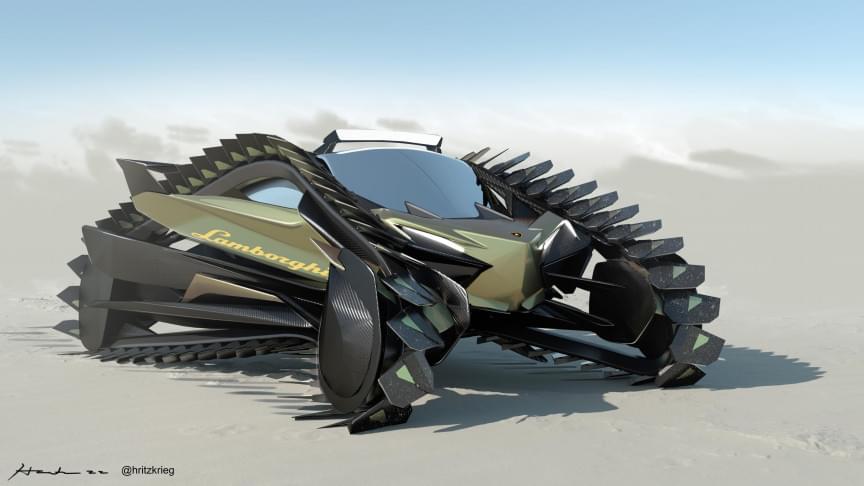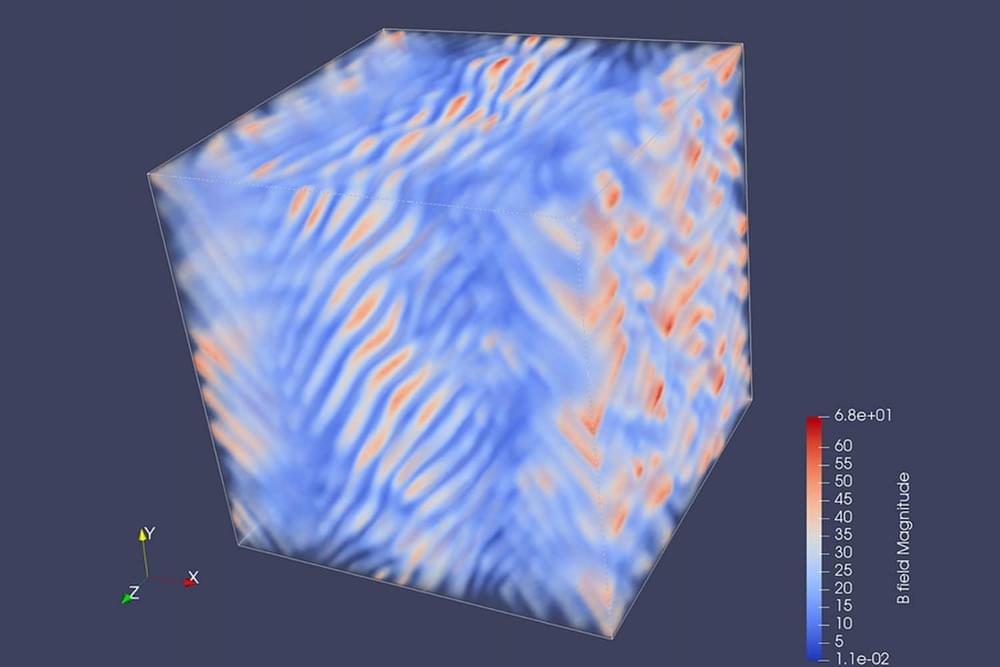New photonic deep neural network could also analyze audio, video, and other data.




Could drinking coffee lead to a longer lifespan?
Many people will swear to the life extending properties of coffee, be it saving them from keeling over from exhausting in the early hours of the morning or saving an annoying co-worker from the unbridled rage of someone who hasn’t yet acquired their caffeine fix. Yes, coffee is without a doubt one of the most powerful (and mostly metaphorical) lifesavers of the modern world. However, recent studies into the effects of drinking coffee on human lifespan have found that it might very well have a significant impact on health and longevity. A study of 170,000 people from the UK found that those who drank between two and four cups of coffee a day were 30% less likely to die from all causes compared to those who did not drink coffee at all. Interestingly, the same study also revealed that taking a small amount of sugar with their coffee had no significant detrimental effects on the health of the coffee drinker. This is not the first study that has made such claims about the health benefits of coffee, in 2019 a team of scientists showed that on average coffee drinkers could be expected to live on average 2 years longer than those who did not consume the beverage.
So why coffee? What is it about this common beverage that is having such a significant impact on the health of those who drink it? The immediate conclusion one might be drawn to is that is has something to do with the caffeine found within the coffee, as this is commonly regarded as the most significant feature (or indeed to some, the entire point) of coffee. It certainly makes us feel more alert, increases our heart rate, and even increases our metabolism. However, this might very well not have anything to do with how coffee is actually helping to extend life. A similar study conducted by Harvard involving 500,000 British coffee drinkers (which linked coffee to a 14% lower risk of death) found that both caffeinated and decaffeinated coffee both improved an individual’s longevity, indicated that caffeine may not be what is responsible for the increased lifespan enjoyed by coffee drinkers.


During the Cold War, there was a need for a new reconnaissance aircraft that could evade enemy radar, and the customer needed it fast. At Lockheed Martin’s advanced development group, the Skunk Works, work had already begun on an innovative aircraft to improve intelligence-gathering, one that would fly faster than any aircraft before or since, at greater altitude, and with a minimal radar cross section. The team rose to the nearly impossible challenge, and the aircraft took its first flight on Dec. 22, 1964. The legendary SR-71 Blackbird was born.
The first Blackbird accident that occurred that required the Pilot and the RSO to eject happened before the SR-71 was turned over to the Air Force. On Jan. 25, 1966 Lockheed test pilots Bill Weaver and Jim Zwayer were flying SR-71 Blackbird #952 at Mach 3.2, at 78,800 feet when a serious engine unstart and the subsequent “instantaneous loss of engine thrust” occurred.
The following story told by Weaver (available in Col. Richard H. Graham’s book SR-71 The Complete Illustrated History of THE BLACKBIRD The World’s Highest 0, Fastest Plane) is priceless in conveying the experience of departing a Blackbird at an altitude of fifteen miles and speed of Mach 3.2.

Lamborghinis are already marvels of engineering but they become even more so when people decide to upgrade them. This is what designer Michael Hritzkrieg did with this new model called the Lamborghini LMXX2.
You can see from the pictures that it’s got some impressive treads that run all around the car making it clear that it can tackle even the most difficult terrains such as sands, rocks and soil. IE spoke to Hritzkrieg about his innovative design and he surprisingly described it as “a rush job to meet an Instagram competition deadline.”
The competition he is referring to is the AGP Contest on Instagram which asked participants to conceive of a design using the keywords “Desert + Lamborghini + Future”.


NASA’s Artemis mission has the chief goals of sending astronauts to establish the first long-term presence on the Moon and learning what is necessary to send the first astronauts to Mars. But it’s also planning to do so much more than that.
One of its many scientific mission will see the agency send the Lunar Vulkan Imaging and Spectroscopy Explorer (Lunar-VISE) and the Lunar Explorer Instrument for space biology Applications (LEIA) to the Moon in order to explore the mysterious Gruithuisen Domes, geological features that have puzzled scientists for years.


All cosmic objects are embedded in magnetic fields. However, these fields are weak, but they are dynamically significant because they have profound effects on the dynamics of the universe.
The origin of these cosmic magnetic fields remains one of the most fundamental mysteries in cosmology, despite decades of intensive attention and inquiry.
By studying the dynamics of plasma turbulence, scientists from MIT are helping to solve one of the mysteries of the origins of cosmological magnetic fields.